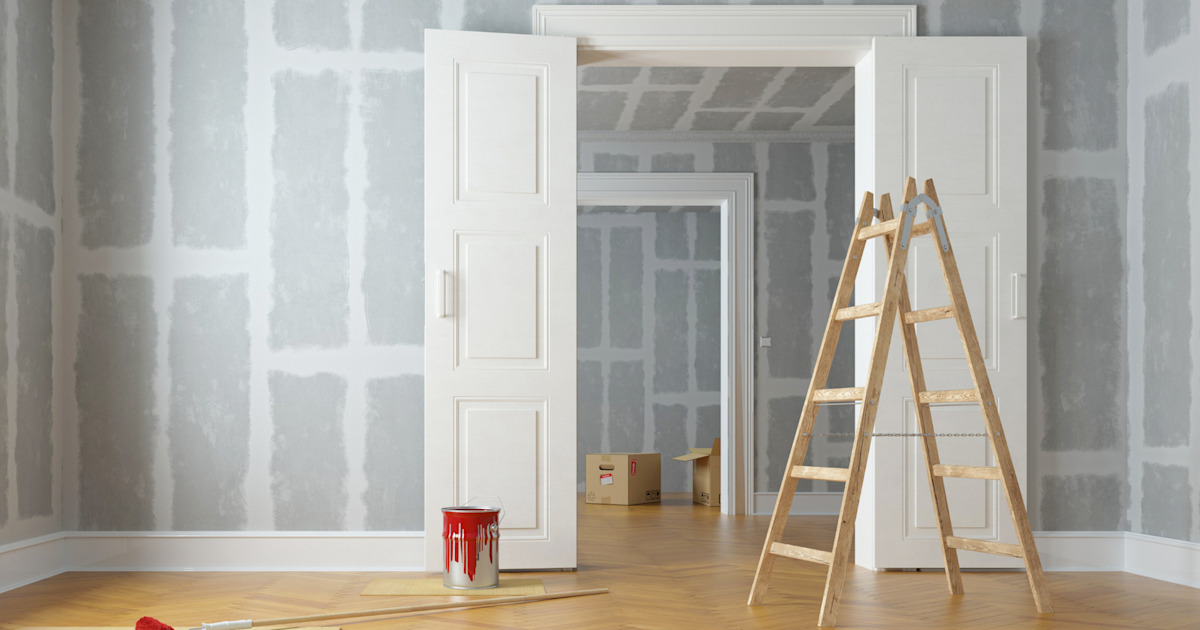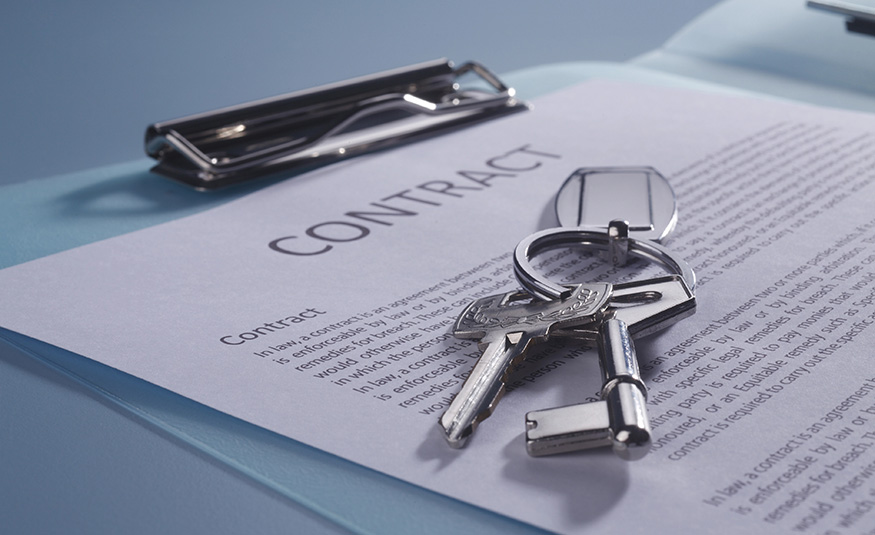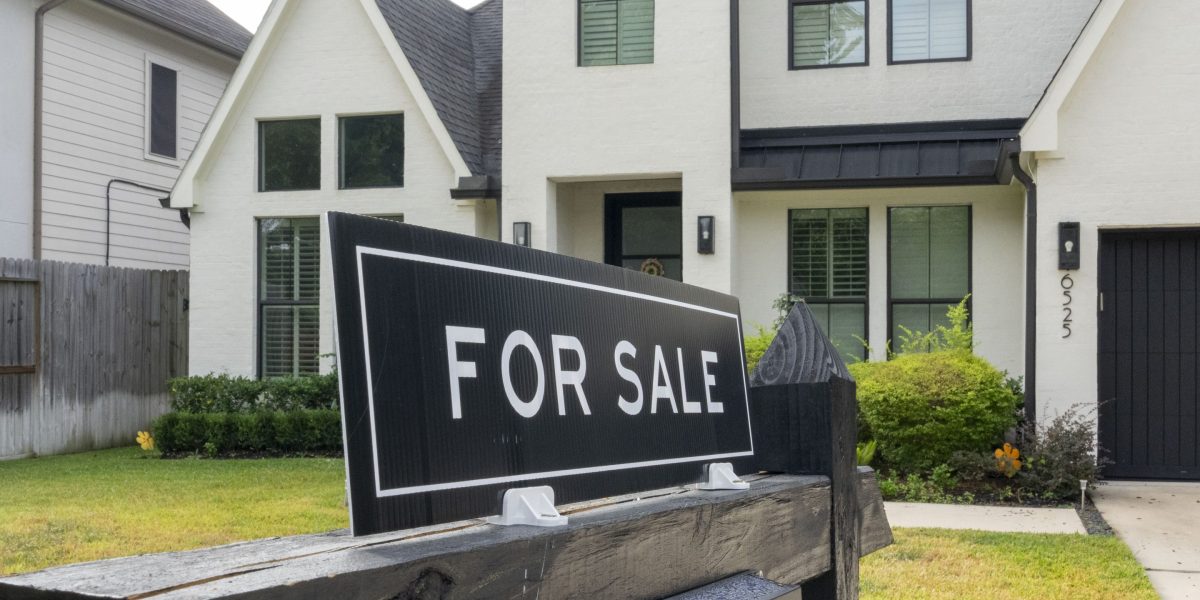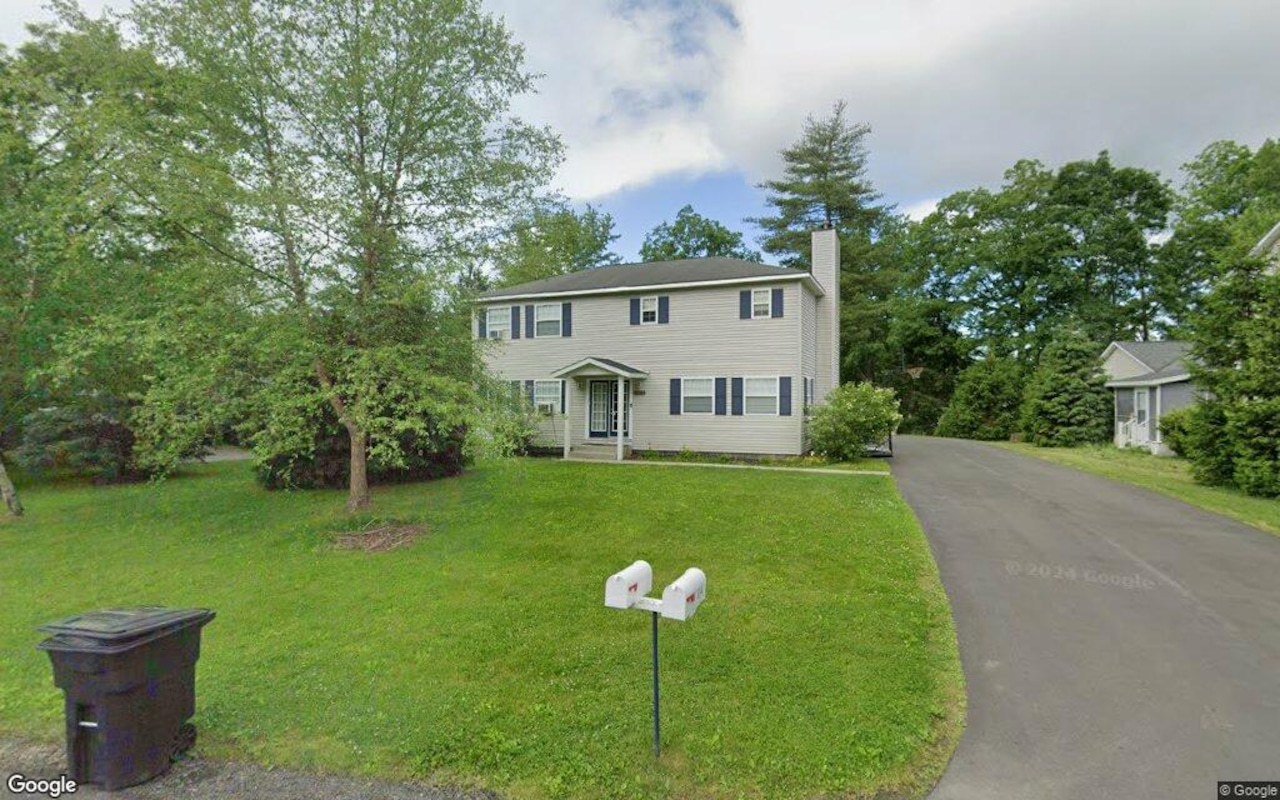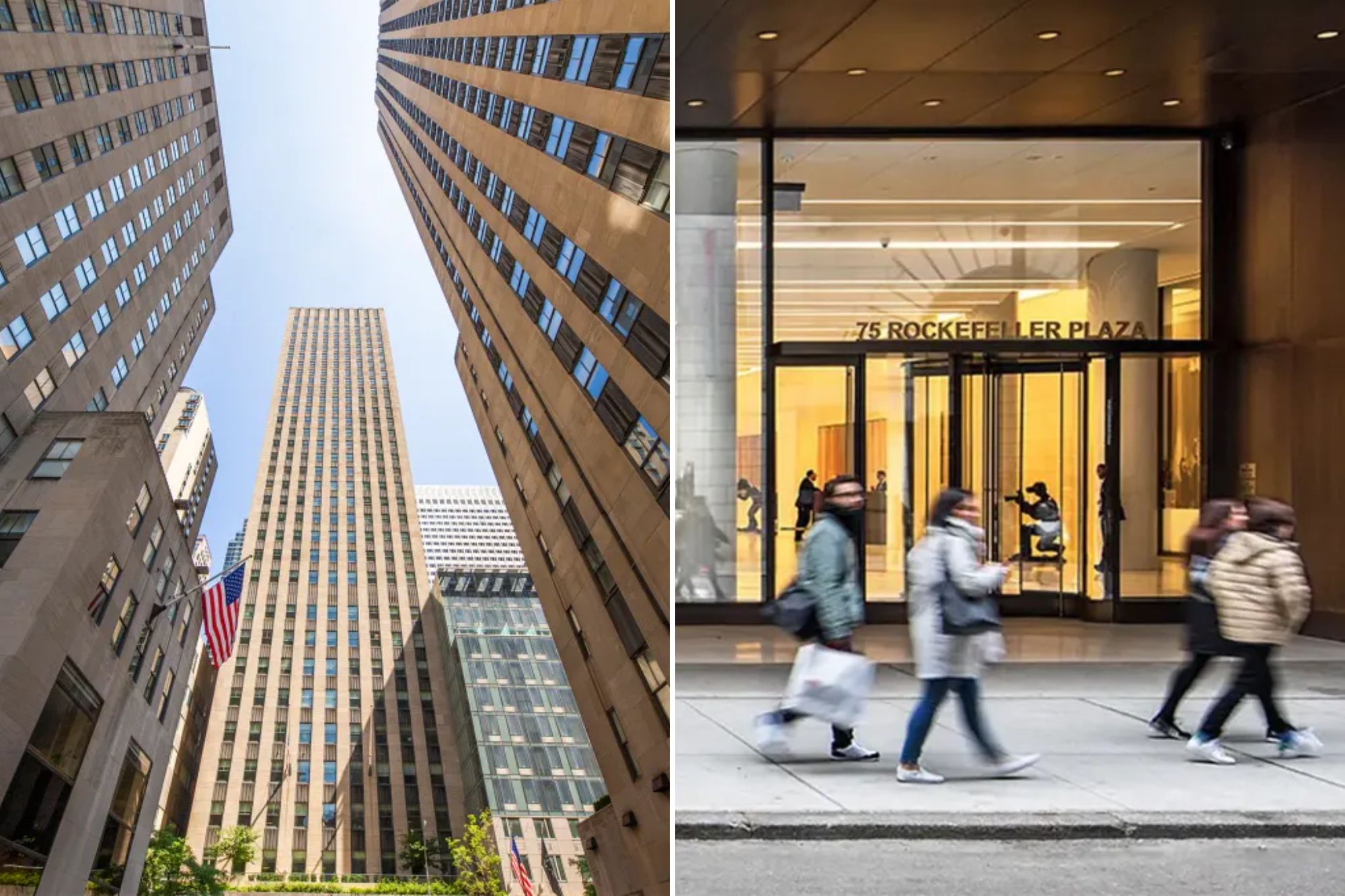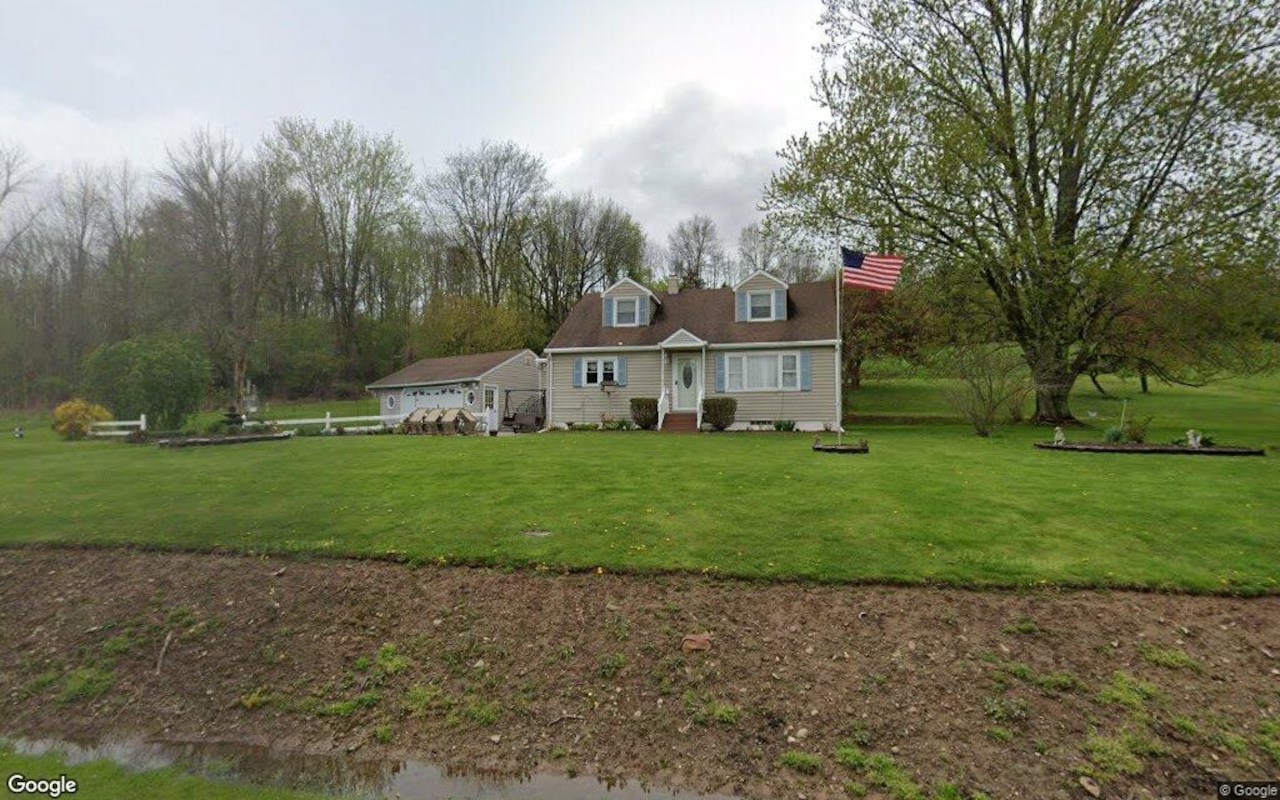A
s the housing market navigates economic uncertainty and high mortgage rates, homeowners are investing heavily in renovations, with a record $603 billion spent last year. Despite this, most remodels aren't driven by plans to sell, but rather by a desire for functionality, aesthetics, and energy efficiency.
Homeowners' motivations vary, with 27% seeking to replace worn surfaces and 19% aiming to improve their home's energy efficiency. Only 18% intend to sell within the next two years, highlighting that most renovations are driven by personal preferences rather than resale value.
Buyers, however, have a different set of priorities. According to agents, kitchen upgrades (48%) and new roofing (43%) top the list of desired improvements. This is reflected in a recent Bright MLS survey, where 56% of home shoppers deemed it "very important" to find a move-in-ready home.
While most renovations won't deliver a positive return on investment (ROI), some projects stand out for their cost-effectiveness. A new steel front door recovers 100% of its cost, while closet renovations and replacing vinyl or wood windows recover 83% and 74-71%, respectively. In contrast, kitchen and bathroom renovations yield lower returns, with homeowners recovering only 60% and 50-56% of their investment.
The disparity between joy experienced post-remodel and actual cost recovery is striking. Homeowners take pride in seeing their personal tastes come to life, but Realtors may recommend different strategies to enhance resale value. As the market remains sluggish, understanding what buyers want and how to maximize ROI will be crucial for homeowners and agents alike.
In today's slow market, where turnkey homes are preferred over fixer-uppers, it's essential for sellers to focus on upgrades that deliver a strong return on investment. By prioritizing projects like kitchen renovations, new roofing, and energy-efficient improvements, homeowners can increase their property's appeal and potentially recoup more of their costs when selling.
